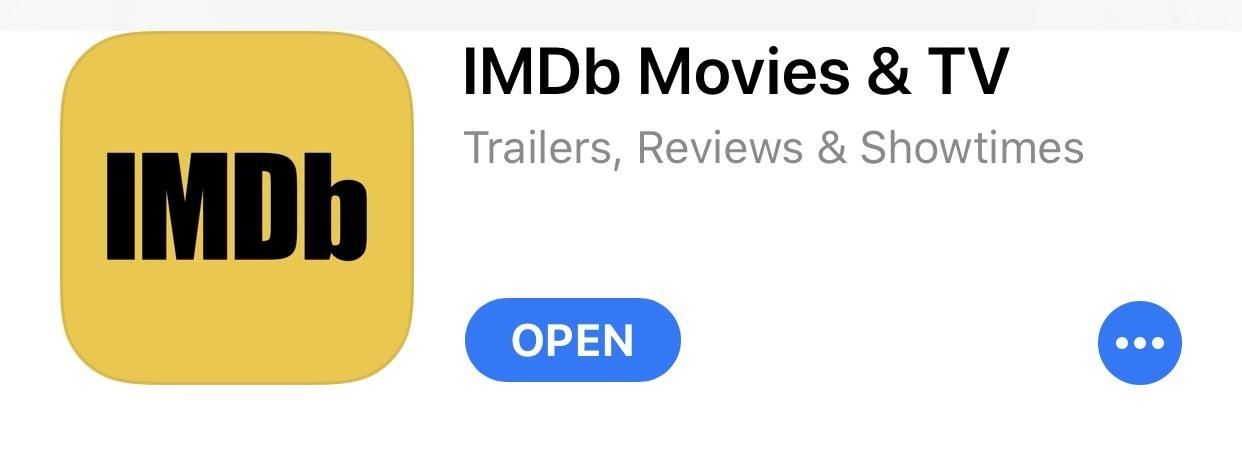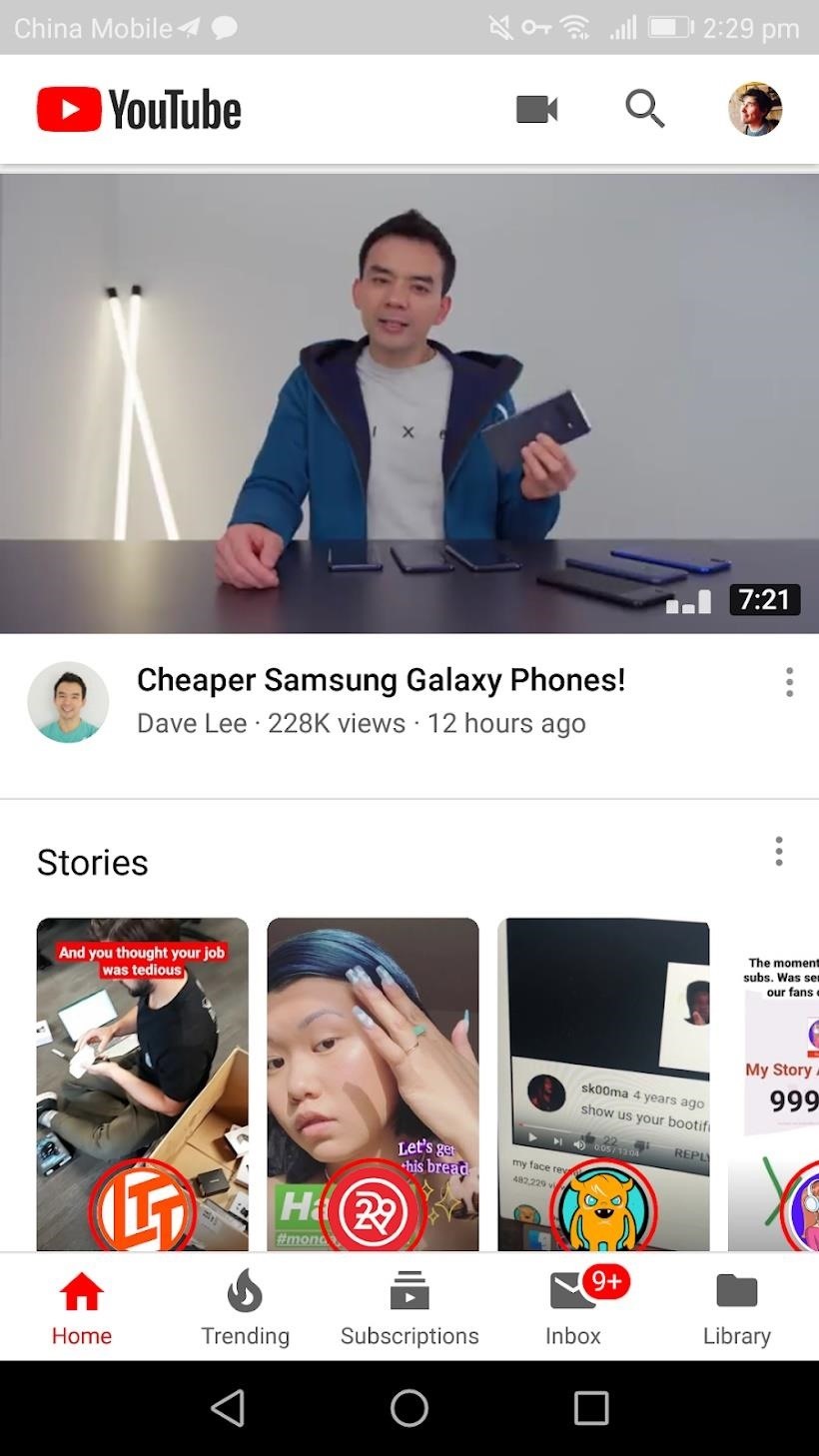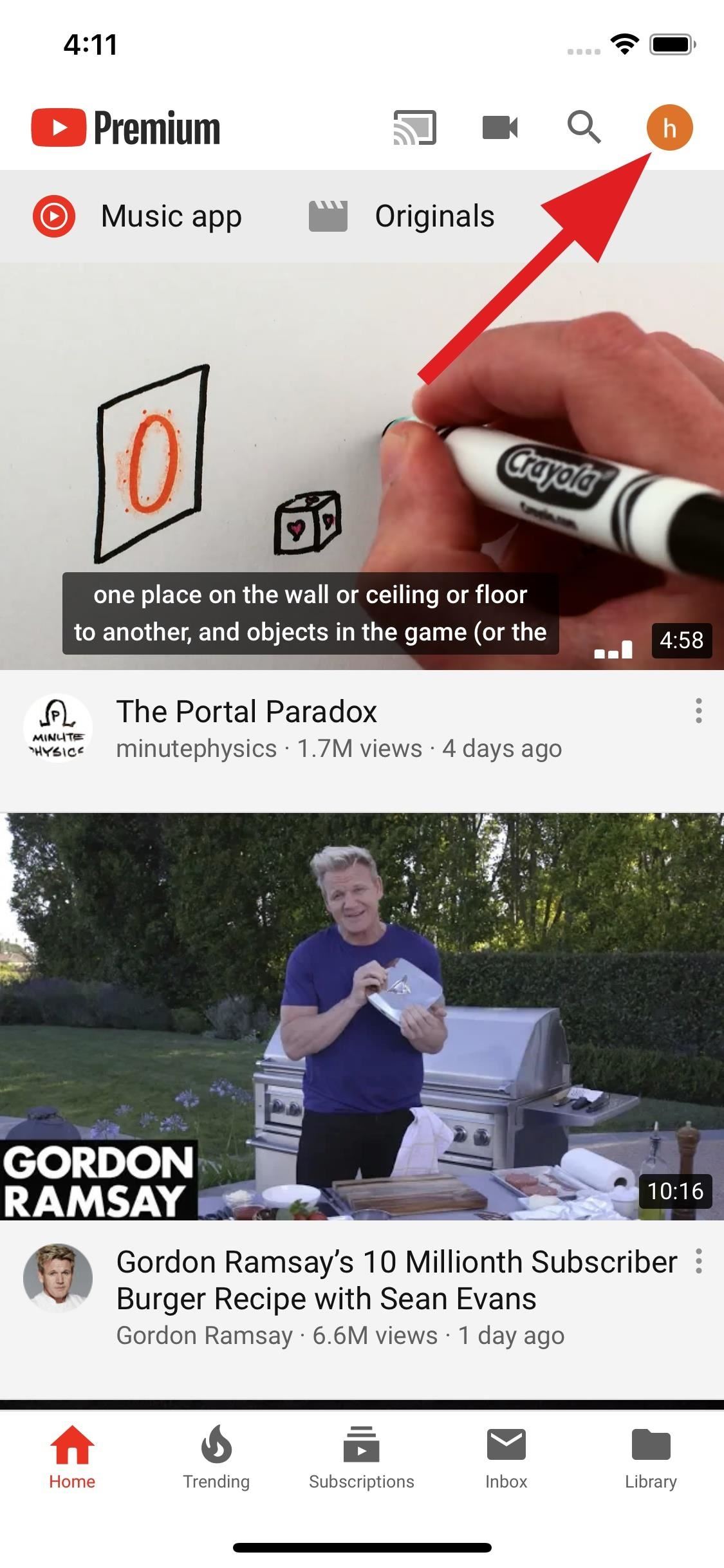
Drumming up support for the Tablet PC
Vice President Alex Loeb talks about how Microsoft expects to redefine mobile computing
ALEX LOEB, AS vice president of the Tablet PC division for Microsoft, will be very much in demand this week as she tries to gain more support for Microsoft’s vision of the future of notebooks. In an interview with InfoWorld Editor in Chief Michael Vizard and Test Center Director Steve Gillmor, Loeb talks about how Microsoft expects to redefine the mobile computing experience.
InfoWorld: From your perspective, when will the concept of a Tablet PC be the mainstream notebook offered by most manufacturers?

InfoWorld: At the moment, however, we don’t see the mainstream suppliers of notebooks endorsing the Tablet PC, so when will that happen?
Loeb: What I read into our current partner list is the traditional business models that each of those partners have. There are OEMs that have built their entire business on being a fast follower, and I don’t expect them to change their core business model just because we came out with a new idea or came out with a tablet project in general. I also think that there [are] a few OEMs that want to be market makers, that want to be there first, and there [are] other OEMs that want to watch them and decide when the time is right. If you look at the list of current OEMs, they’ve been pretty true to those types of strategies over the years. I don’t expect them to change that core business strategy.
InfoWorld: One of the things that people say is that it will be hard to make these types of devices in mass quantities because of all the movable parts. What’s your take on that?
Loeb: I have definitely heard from our partners that we have put mechanical engineers back in business. But I have not heard that we are making handcrafted machines or that we have to put the handcrafted cabinetmakers into business. If you look at OEM manufacturing, there are breaks on things that are fragile and things that aren’t. And the run rates that we’re talking about are well above those kinds of breaks already. Now there is no question that we have put the mechanical engineers back into business, and there is no question that OEMs have to decide individually how much to invest in things that swivel and unsnap. Some of them are doing things that are quite elaborate in that area and some are doing things that are actually incredibly simple mechanically. OEMs are deciding those things each individually, and it’s not unlike the decisions they currently make in the laptop market. There are all sorts of things that the OEMs have been wrestling with, and this just continues that legacy.
InfoWorld: How big a challenge is it to get handwriting recognition software into the operating system?
Loeb: We’ve been saying all along that we plan to ship in 2002, and we are still planning to ship in 2002. I don’t think you’re going to see a big announcement. For me, the biggest announcement that you should be waiting for is when OEMs say they’re shipping. And that’s going to be in 2002. But I certainly wouldn’t be betting on it in the next few months. So in the interim we’ll demo this where appropriate. But I don’t want to set up your expectations [that] you’re going to see some brand-new product with a brand-new feature set. The handwriting recognition is a technology that gets incrementally better and if you see it from one day to the next you certainly don’t notice those increments. It’s kind of like when you have a friend [who’s] gaining weight or losing weight. If you see them every day you will hardly notice, but if you see them once a year you tend to notice a bit more. The question we had to ask ourselves at the very beginning of this process was if the handwriting was good enough to do what our customers wanted to do with the tablet. We answered that question “Yes” in the state that handwriting [recognition] was [in] two and a half years ago. So for me anything that happens in two and a half years or by the time we ship is all bonus. But this is not a handwriting machine. This isn’t about writing a memo all in longhand and then boom, you’re going to have a perfect transcription. This is about using ink integrated into your daily life in the way that you need to be a more productive person. If you have an action item, of course you want to put that action item on your To-Do List. If you are taking notes on the Tablet PC, of course you want to be able to search for the word “Tablet PC” and look at all the other places where you took notes on the Tablet PC. But I imagine in no way are you going to take the notes from a conversation and wish that you could just transcribe them to text. That said, we still have a long way to go. There’s a lot of headroom [for] improvement on handwriting, and it’s my No. 1 area of investment in my team. But with what you’re going to see, the improvements are going to be incremental.
InfoWorld: What role will standards such as XML play in all this?
Loeb: We definitely need to understand ink interchange better. I wouldn’t tell you that we have a super great answer right now. Right now we’re so focused on the tools that we give our ISVs so that they can incorporate ink into their applications. I think we’ve done a really strong amount of work to make sure that the clipboard works and all that sort of stuff. But I think that we have a lot of room for growth there, and it’s a rich area.
InfoWorld: With the proliferation of 802.11 networks and Web services, what role will the Tablet PC play in making those types of technologies more accessible?
Loeb: I think computing in the next two, three, four years is about to make a major change. I think the tablet is a piece of that. But it is a cumulative effect and they do reinforce each other. We absolutely care a lot about 802.11b and the scenarios that allow the whole .Net strategy. We have announced managed APIs throughout our platform. We’ve really planned to be a .Net poster child of Windows clients. The .Net initiative happened at a good time for us, and we’ve been able to jump onboard and react pretty quickly.
InfoWorld: What’s the value of peer services and other related technologies?
Loeb: I think it’s total excitement. I now carry a tablet with me to almost every meeting. We conference in people quite a bit and all three principal engineers in this effort live out of state. The idea that we could conference them in a way where we’re scribbling in some kind of shared whiteboard scenario while we also have voice going on and a record for the person who was late is just incredibly exciting. One of the things we found our customers doing is they’ll take a PowerPoint presentation and make it very interactive. I guess this isn’t specifically peer-to-peer, but it could be more peer-to-peer in the future when customers have the PowerPoint on their tablets as well. You’ll just see this much more personal style and this much more interactive style. So much of that speaks to more informal communication, which is to me the heart of a lot of this peer-to-peer business.
InfoWorld: When do you think people will opt to use a tablet compared to say a handheld device?
Loeb: I would never take my tablet anywhere that I wouldn’t take a paper notebook. You can think of all the scenarios where you wouldn’t grab a spiral three-ring binder. If a spiral three-ring binder is going to be awkward, then a tablet is going to be awkward. But I think there are a lot of places where you would not bring a laptop that you would bring a spiral three-ring binder, and that’s all the places where we think the tablet can add a lot of value. But there’s a whole other set of areas where that’s not appropriate, and that’s where you’re going to have a cell phone or Pocket PC or a combination of the two.
InfoWorld: So how do you identify the potential customers for a Tablet PC?
Loeb: We’re going into this market with a very horizontal push … very focused on the knowledge worker. We’re very focused on the type of person who’s going to buy a laptop anyway. If you currently buy a subnotebook, then you’re probably in our target market. From there, I could go down a bunch of different paths. I could tell you about the corridor warrior, which is people like me, to be honest with you, who [is] on campus all day long going to meetings, taking notes, and writing action items. Another question is which verticals are most likely going to fund a reasonably priced machine? We’re not talking about UPS drivers who need something that costs very little and is extremely rugged. Medical is a great example of a place where there is a tremendous amount of excitement. There’s also a lot of excitement in what I call “diagonals.” Those are people who spend half their days as a vertical and half their day as a horizontal. For example, police officers probably use some application that allows them to show that this car was coming from the east at 40 miles an hour and there was a stop sign here and this is how long the skid marks were. But then, back in the office, they have to write up a report, and in this scenario they dock what was their vertical tablet and is now just a mainstream computer. I think insurance and medical have a lot of people who sort of cross that path as well.
InfoWorld: So what’s the next big thing for the Tablet PC?
Loeb: Our milestone coming up would be launch near the end of the year. Right now I don’t have enough hardware that I reliably have a Tablet PC. I couldn’t give you one today because I’d be ripping it out of the developer’s hand and it would just delay shipment of the product. We are dependent on our OEMs to get some in. Now that said, OEMs are starting to get closer so we’re starting to [see] that problem lift. But we are dependent on our OEMs. We only made like 100 of those ones that we showed at Comdex, and they are definitely showing their age — they are two and a half years old now and they’re pretty old components. It’s going to be a little bit before we have hardware from our OEMs and until we have software that’s overall stable enough. Handwriting is a core technology, but the applications that surround it are still gelling.
InfoWorld: So at the end of the day, what do you think a Tablet PC is going to cost?
Loeb: Say an OEM charges $2,000 for a tablet — and I really don’t know what they’ll charge so I’m just making that up. I do not think that the work that this team is doing, that the handwriting recognition, that the journal utilities, and some random game that we ship, is worth $2,000. I took my job because I thought 90 percent of the value of the tablet is already there. It’s a laptop and what we’re doing is expanding that value. So if we add 10 percent productivity to a customer who uses the laptop, I don’t think we’re going to add 10 percent in price. I think it’s a huge win for a customer that we’ve increased their productivity. I’m definitely not blind to the economic situation that we’re in. I would be scared to death if I was coming out with a $2,000 toy.




